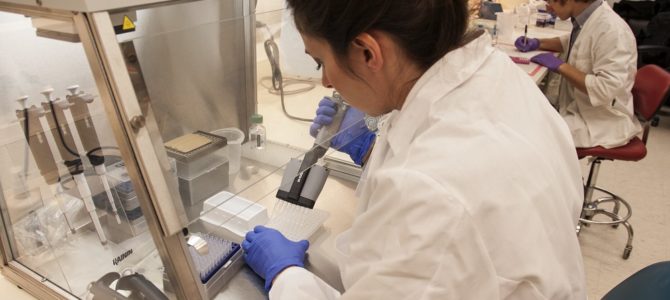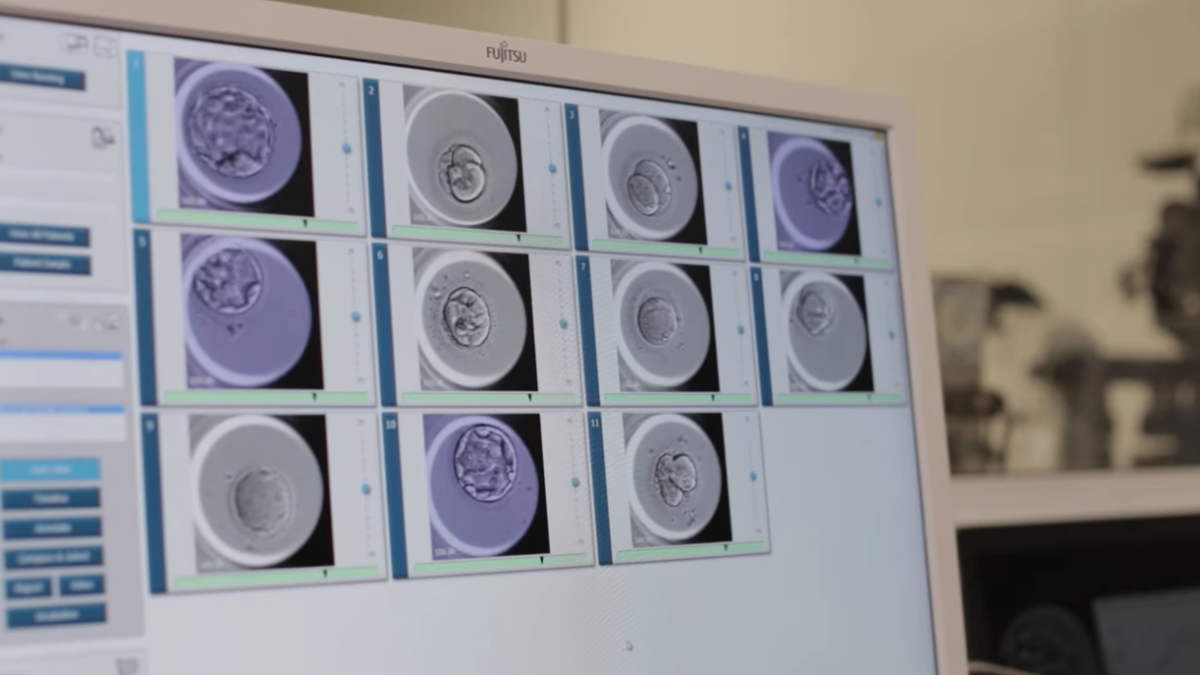
The U.S. Department of Health and Human Services (HHS), which funds much of the nation’s biomedical research, has recently launched a review of human fetal tissue research. At issue is not whether using aborted fetal cell tissue is immoral, and we believe it is, but on whether it is necessary for medical research to use fetal tissue at all. After a thorough examination, it is clear that it is not.
Proponents of research using aborted fetal tissue claim that it is critical for research in diseases such as Alzheimer’s, autism, and schizophrenia, or that it provides the gold standard for studies in immunology. However, a “peek behind the curtain” quickly reveals that these arguments are not backed by scientific practice or historical fact.
A plethora of alternative tissue and cell sources, both proven and of high potential, are now available without ethical concerns. Examples include stem cells from bone marrow, circulating blood, umbilical cord, and amniotic fluid, as well as induced pluripotent stem cells (iPSCs) and even neural stem cells from cadavers.
The recent claim that fetal tissues (thymus and liver) are needed to create “humanized mice” for studies in immunology is also false. Tissues from neonatal cardiac surgeries are scientifically appropriate and more abundant and enable the creation of 50 times more mice per donor than from aborted fetal tissue. Jackson Laboratories, one of the oldest biomedical research institutions in the United States, provides a genetically engineered mouse model for this purpose without the use of human fetal tissues.
Examples of treatments developed using non-fetal sources are endless. To name a few, insulin for diabetes, Herceptin for breast cancer, and TPA for heart attack and stroke were all developed using non-fetal tissue sources. There are more than 70 successful treatments developed using adult stem cell sources.
Each year nearly 18,000 people ages 0-74, who are diagnosed with a serious illness including blood cancers and metabolic or immune system disorders, benefit from adult stem cell transplants from bone marrow and umbilical cord blood, with more than 1 million patients treated by the end of 2012. Meanwhile, fetal tissue transplants have shown no validated benefit to patients, and in many cases have made patients worse.
These examples are substantiated by the year-long House Select Investigative Panel investigation summarized in the 2016 final report. In nearly 100 years of unrestricted research, the investigation confirms, “not a single clinical treatment has been developed from human fetal tissue.” History confirms that vaccines for polio, measles, and mumps were never produced using human fetal tissue. Instead monkey cells, chicken eggs, and non-fetal human cells were used. Fresh fetal tissue is not used for producing any of the 75 vaccines available in the United States.
Although certain “cell lines” derived from aborted fetal tissue are used to produce a small portion of vaccines (less than 15 percent), this is due more to the high cost of switching than to any scientific reason. Fetal tissue is not needed to develop new vaccines. Greater than 98 percent of research articles published on Zika, for example, do not use fetal tissue. Rather, adult blood cells recently led to a breakthrough in vaccine development for Cytomegalovirus (CMV), a virus that affects brain development similarly to Zika.
The panel investigation further discredits the claim that fetal tissue plays an indispensable role in “life-saving” research. Fetal tissues (or byproduct stem cells) are used in only 0.01 percent of clinical trials currently underway and in merely 0.2 percent of grants NIH funded between 2010-2014.
None of these are investigating Alzheimer’s disease, either, where many claim fetal tissue is “required” and the “gold standard.” In many cases, aborted fetuses are not the most appropriate tissue source. Rather, these tissues are used because they are cheaper and easier to obtain than adult tissues.
The NIH strives to fund research that has a high likelihood to exert a sustained, powerful influence on a field with a great potential to enhance human health. Given the lack of medical breakthroughs using aborted fetal tissues, continued NIH support for its use would be contrary to its stated mission of funding research with high potential impact.
Moreover, future treatment options would be substantially limited for patients ethically opposed to its use. This too is contrary to NIH’s goal to achieve the widest possible impact for the research and clinical trials it chooses to support.
Finally, given NIH’s top priority of attracting the next generation of young scientists, deciding to support research using fetal tissue would eliminate science as a career option for many talented young people not willing to compromise their consciences regarding life.
Even if you do not share our view that these unborn children’s dignity should be respected, the above evidence clearly justifies the NIH deciding to discontinue all funding for research using aborted fetal tissues. It’s in the best interests of scientists and patients alike.









